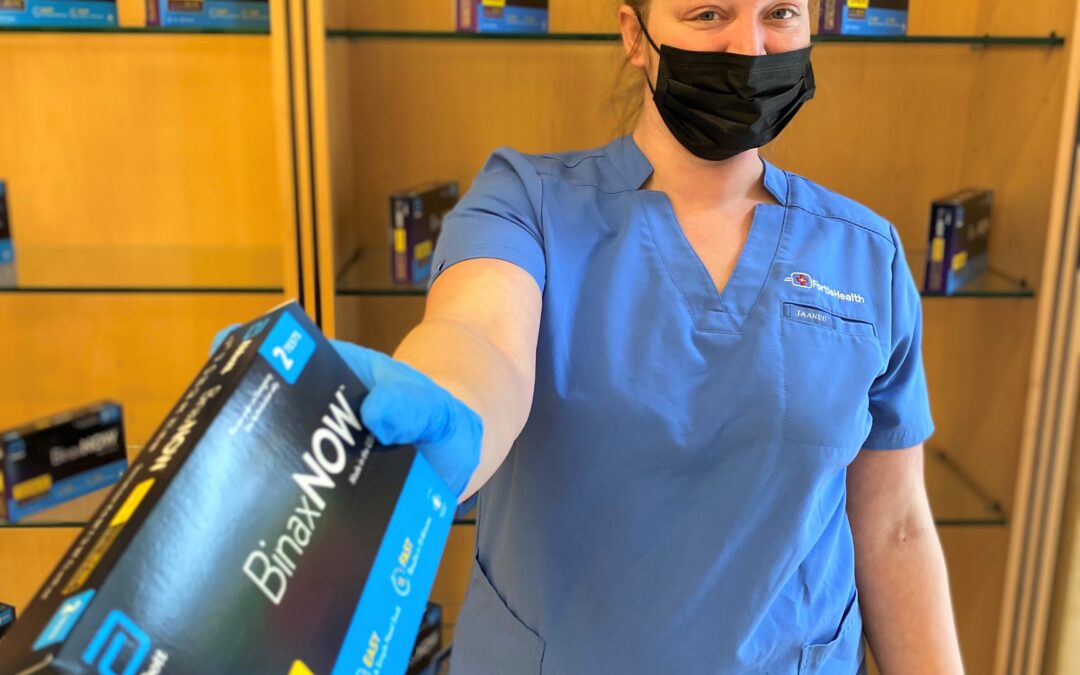The COVID-19 pandemic has reshaped our world, shining a spotlight on the importance of understanding and recognizing its symptoms. As the situation continues to evolve, staying informed about the symptoms of COVID-19 is crucial for early detection, prevention, and protecting our communities. In this blog, we’ll delve into the key symptoms associated with COVID-19, helping you differentiate them from other illnesses and enabling you to take the necessary steps to safeguard your health and the well-being of those around you.
- Fever and Chills
Fever is one of the most common symptoms of COVID-19. A fever is typically a temperature of 100.4°F (38°C) or higher. It can be accompanied by chills and shivering.
- Cough
A dry cough is another hallmark symptom of COVID-19. Unlike a productive cough (one that produces mucus), a COVID-19 cough is persistent and may become more severe over time.
- Shortness of Breath or Difficulty Breathing
COVID-19 can impact the respiratory system, leading to shortness of breath or difficulty breathing. If you’re experiencing these symptoms, especially at rest, seek medical attention promptly.
- Loss of Taste or Smell
A sudden loss of taste (ageusia) or smell (anosmia) without nasal congestion is a distinctive symptom associated with COVID-19. This symptom may appear even in the absence of other common signs.
- Fatigue and Muscle Aches
Unexplained fatigue and muscle aches are reported by many COVID-19 patients. These symptoms can be persistent and may affect your ability to engage in regular activities.
- Sore Throat and Congestion
COVID-19 can sometimes present with symptoms similar to the common cold, including a sore throat and nasal congestion. Pay attention to accompanying symptoms to determine the cause.
- Headache
Frequent headaches or migraines have been observed in some COVID-19 patients. If you experience new or severe headaches, it’s essential to monitor for other symptoms.
- Nausea, Vomiting, or Diarrhea
Digestive symptoms, such as nausea, vomiting, or diarrhea, can also be observed in COVID-19 patients, particularly in milder cases.
- Skin Rashes or Discoloration
In some instances, skin rashes or discoloration, including “COVID toes” (purple or reddish toes), have been reported as potential signs of COVID-19 infection.
- Persistent Chest Pain
Severe COVID-19 cases can lead to pneumonia and inflammation in the lungs, resulting in persistent chest pain or pressure.
Familiarizing yourself with the range of COVID-19 symptoms is key to early detection, timely isolation, and seeking medical care if necessary. However, it’s important to note that symptoms can vary widely from person to person, ranging from mild to severe. Moreover, some individuals infected with the virus may remain asymptomatic while still being contagious.
If you experience any of the symptoms mentioned above or suspect exposure to COVID-19, it’s vital to get tested, practice self-isolation, and follow local health guidelines. Our collective vigilance and responsible actions can help curb the spread of the virus and protect the health of our communities.
Stay informed, stay safe!
